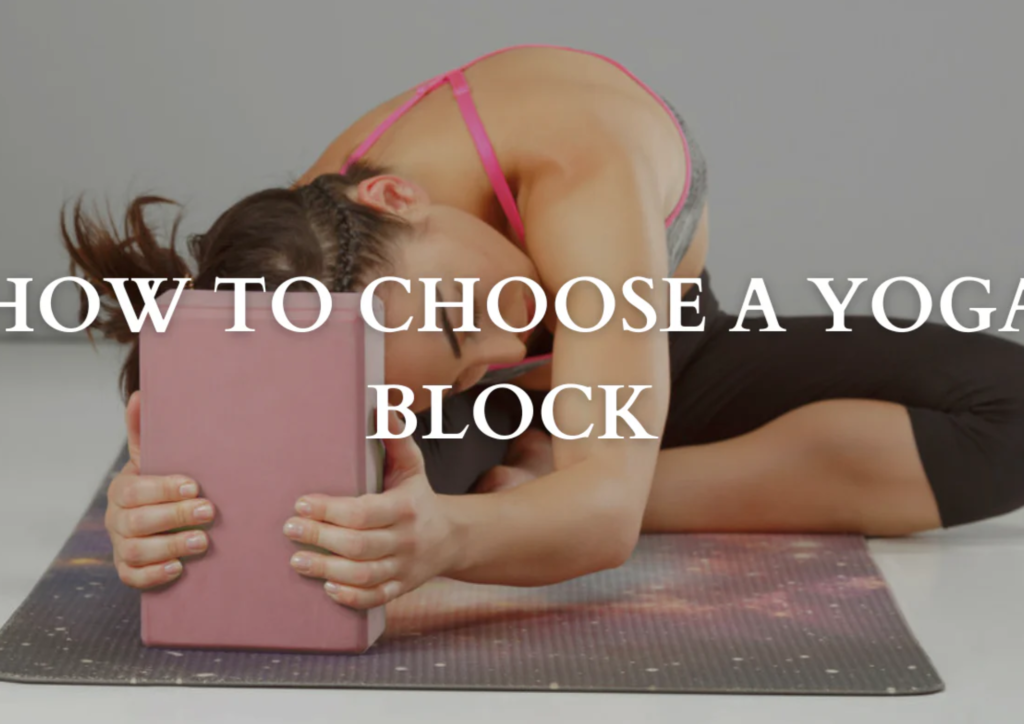“Discover five easy ways to use yoga blocks to improve flexibility, alignment, and balance in your yoga practice. Perfect for beginners and advanced yogis alike!”
Introduction: Unlock Your Potential with Yoga Blocks
Yoga blocks are versatile tools designed to enhance your practice, improve alignment, and make challenging poses more accessible. Whether you are a beginner or an experienced yogi, incorporating blocks into your routine can deepen stretches, increase flexibility, and add stability. This guide will show five practical ways to use blocks for yoga and level up your practice.
- Improve Alignment with Yoga Blocks
Proper alignment is the foundation of any yoga pose. blocks help you achieve correct posture by bringing the ground closer to you.
How to Use:
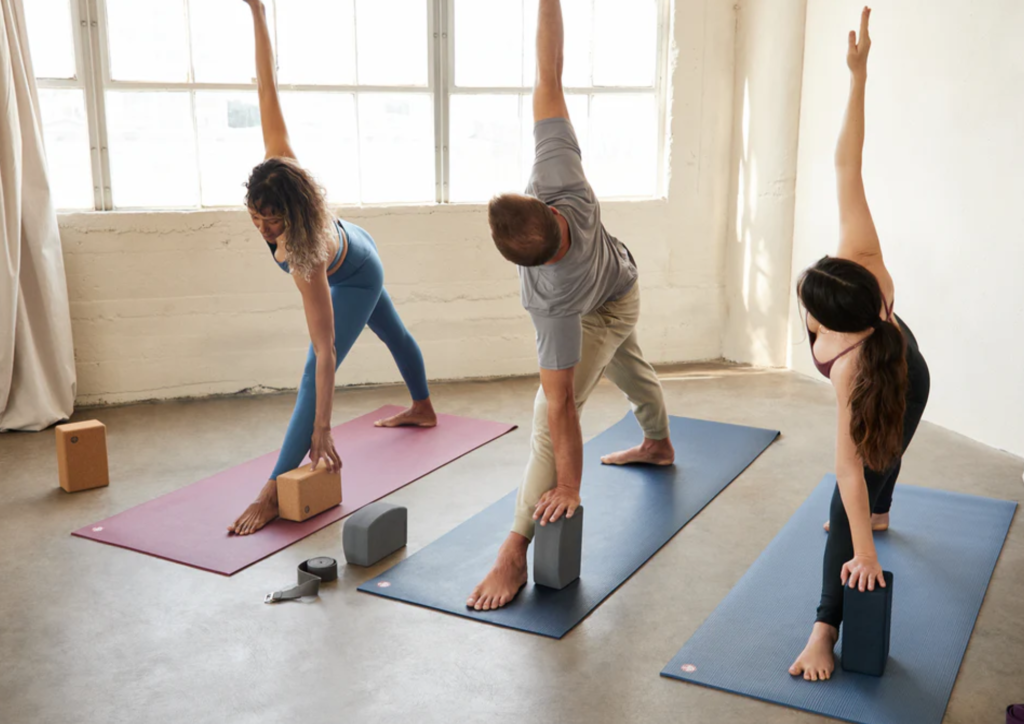
- In Triangle Pose (Trikonasana), place a block under your lower hand to maintain a straight spine.
- In Seated Forward Fold (Paschimottanasana), sit on a yoga block to tilt your pelvis forward and avoid rounding your back.
Using yoga blocks for alignment ensures that you get the most out of every pose while protecting your body from strain.
- Increase Flexibility Gradually
Flexibility doesn’t happen overnight, but yoga blocks make the journey safer and more effective.
How to Use:
- In Half Splits (Ardha Hanumanasana), rest your hands on blocks for support as you stretch your hamstrings.
- Place a block under your hips in Pigeon Pose (Kapotasana) to reduce tension and ease into the pose.
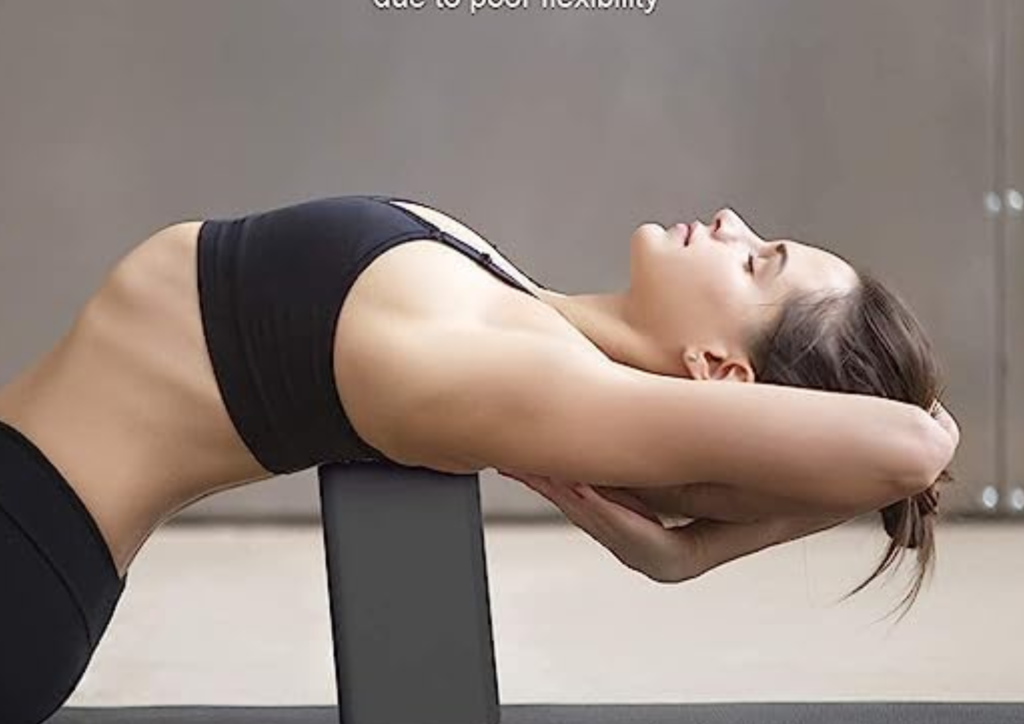
Transitioning into deeper stretches becomes manageable and enjoyable with the support of yoga blocks.
- Build Strength:
Yoga blocks aren’t just for stretching—they can also challenge your muscles and build strength.
How to Use:
- In Plank Pose, squeeze a block between your thighs to engage your core and inner thighs.
- In Bridge Pose, hold a block between your knees to activate your glutes and improve alignment.
Adding blocks to strength-building poses enhances muscle engagement and improves form.
- Add Balance and Stability
Balancing poses can feel intimidating, but blocks provide the extra support you need to stay steady.
How to Use:
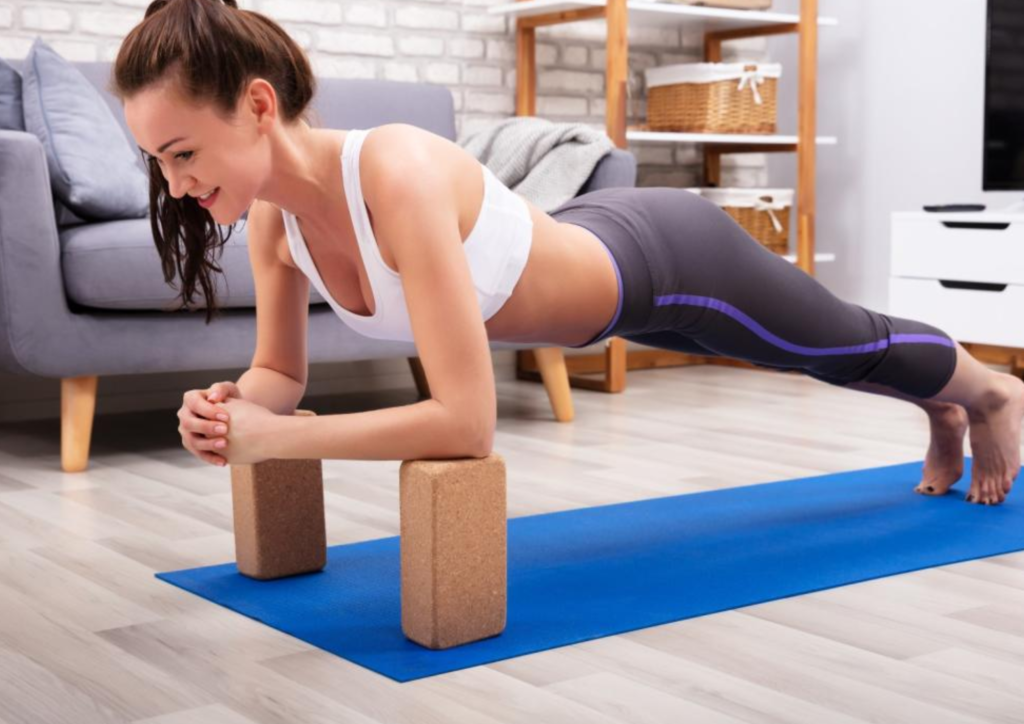
- In Half Moon Pose (Ardha Chandrasana), place a block under your lower hand for stability as you lift your top leg.
- In Crow Pose (Bakasana), set a block under your feet to elevate your hips and confidently practice the pose.
blocks help you transition into balance poses without fear, making progress feel more achievable.
- Enhance Relaxation in Restorative Poses
Yoga blocks are essential for creating comfort and relaxation in restorative yoga practices.
How to Use:
- In Supported Fish Pose (Matsyasana), place a block under your upper back and head to open your chest.
- Rest your forehead on a block in Child’s Pose (Balasana) for added comfort.
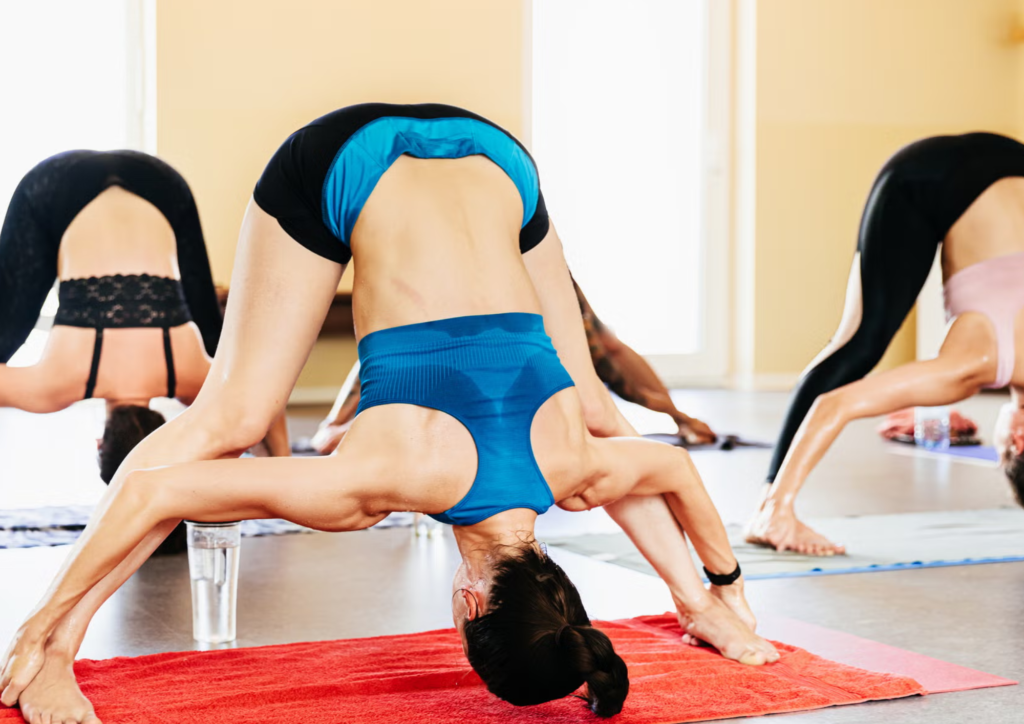
These adjustments with blocks allow you to sink deeper into relaxation and restore your body and mind.
Why Every Yogi Needs Blocks
Yoga blocks are more than just props—they’re tools to grow your practice. They make yoga accessible, regardless of flexibility or strength levels. By using blocks, you can:
- Safely modify challenging poses.
- Improve your overall alignment.
- Build strength and balance gradually.
Tips for Using Blocks Effectively
- Start Small: Use the highest block height for added support and gradually decrease as you progress.
- Pair with a Strap: Combine blocks with yoga straps for even more versatility.
- Listen to Your Body: Adjust the block placement for flexibility and comfort.
Final Thoughts: Embrace Yoga Blocks Today
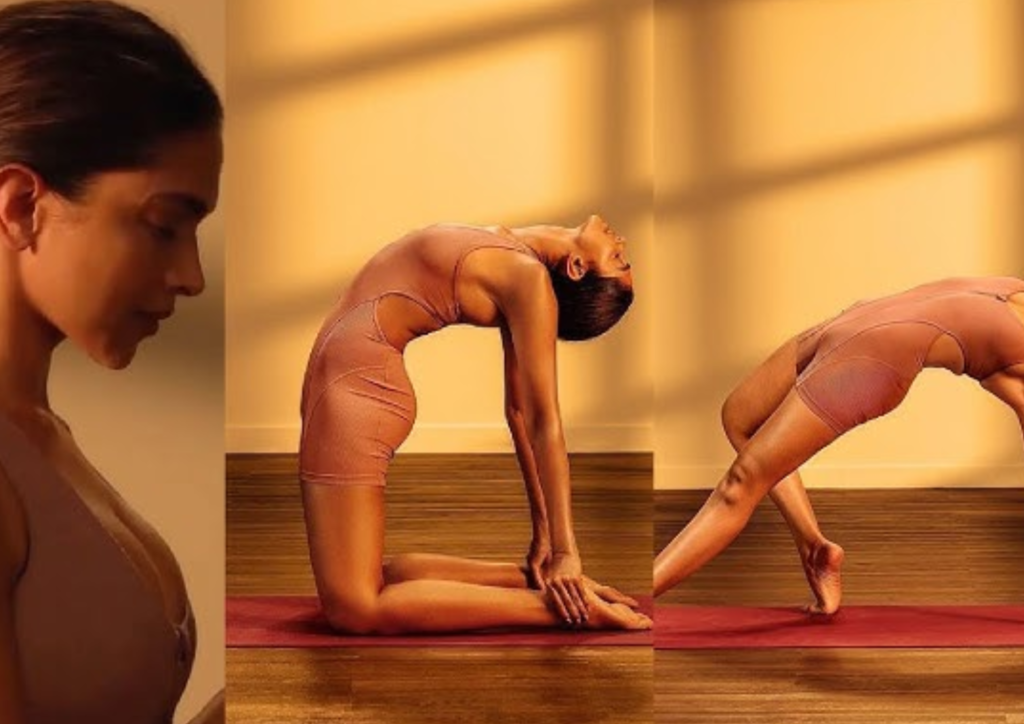
Yoga blocks are the ultimate companions for yogis of all levels. They make your practice more accessible, enjoyable, and effective. Whether striving for better alignment, flexibility, or strength, yoga blocks can help you achieve your goals.

